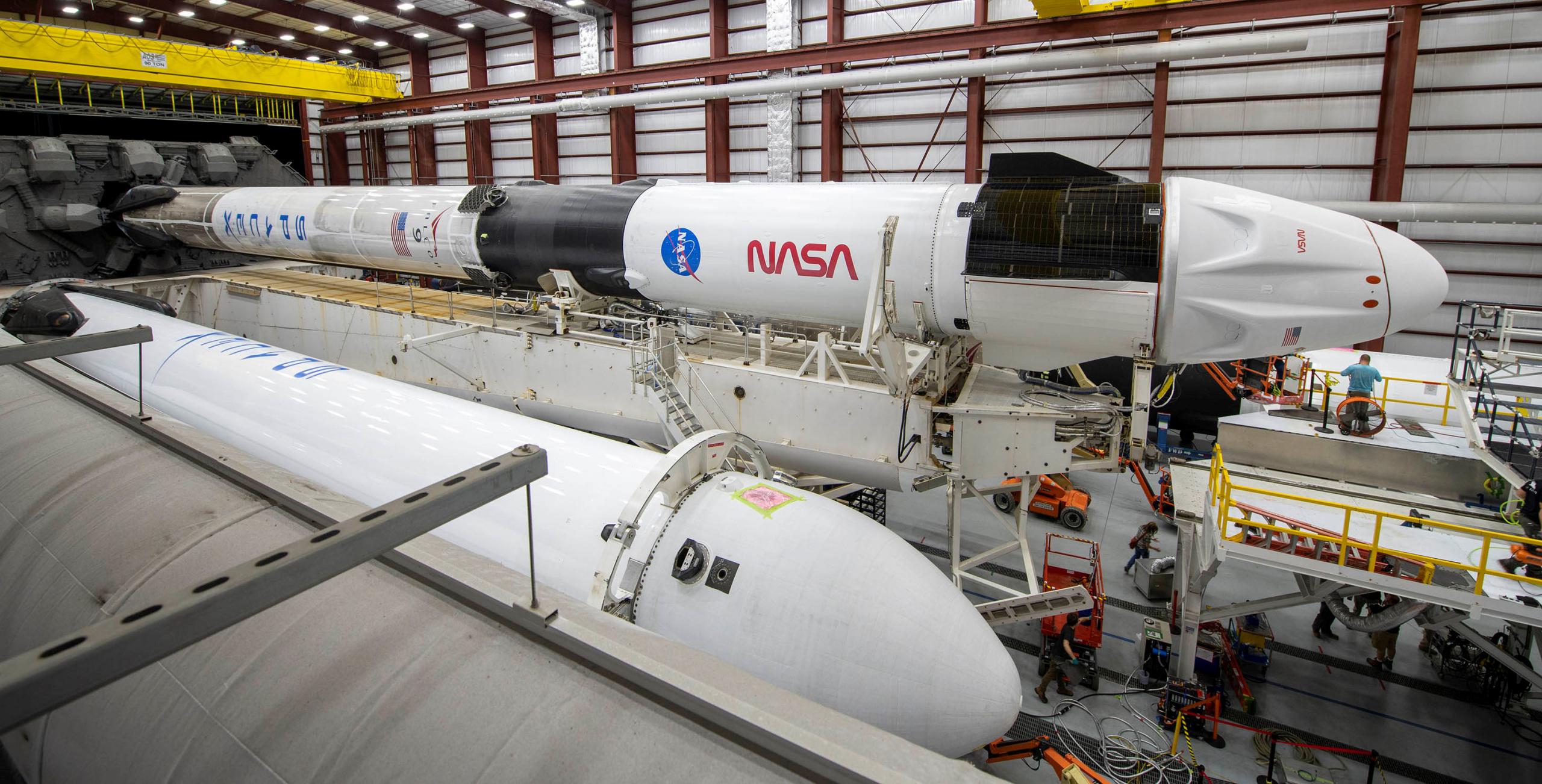

News
SpaceX awarded three more NASA astronaut launch contracts
Three months after announcing its intent, NASA has procured three more Crew Dragon astronaut launches from SpaceX, raising the total number of operational missions the company is contracted to perform from six to nine.
NASA announced its plans to award additional contracts in December 2021 after releasing a half-hearted Request For Information (RFI) in October. That RFI, which seemingly lacked any real NASA support for an attempt to develop one or more additional crew transport vehicles, unsurprisingly produced the conclusion that the space agency should buy more flights from its existing providers.
Short of a second Commercial Crew Program (CCP), Boeing and SpaceX were thus the only options. Boeing, whose Starliner spacecraft has yet to successfully complete even an uncrewed test flight and remains years behind schedule, was apparently ruled out of this contract add-on. SpaceX, on the other hand, aced uncrewed and crewed Crew Dragon test flights in March 2019 and May 2020 and ultimately began operational astronaut transport missions in November 2020, making it the only logical option.
As such, NASA announced that it would award three more transport contracts to SpaceX, raising the total value of its Commercial Crew Transportation Capability (CCtCap) contract from about $2.6 billion to $3.49B. As of August 2019, NASA’s Office of the Inspector General (OIG) reported that of the original $2.6 billion SpaceX was awarded, the company planned to spend $1.2 billion on development and test flights and $1.4 billion on up to six operational Crew Dragon missions.
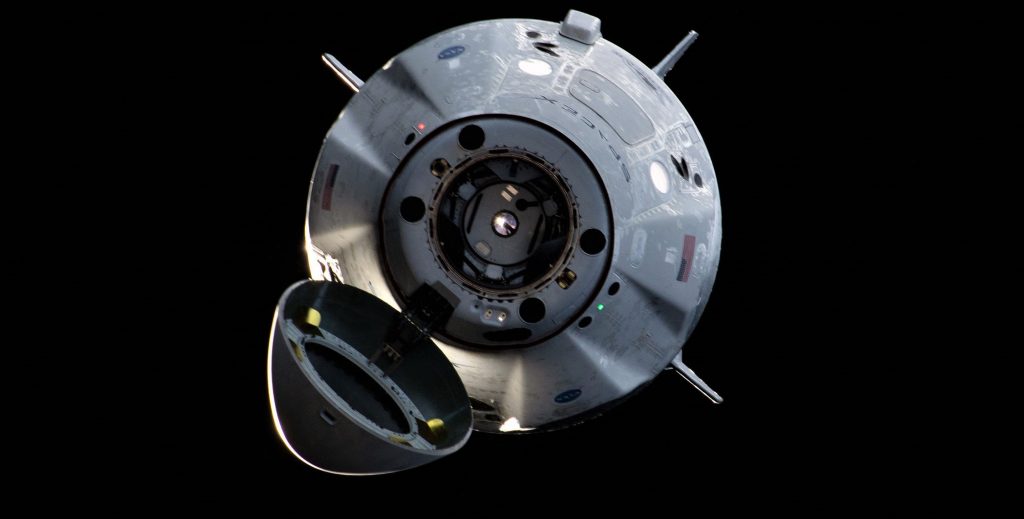
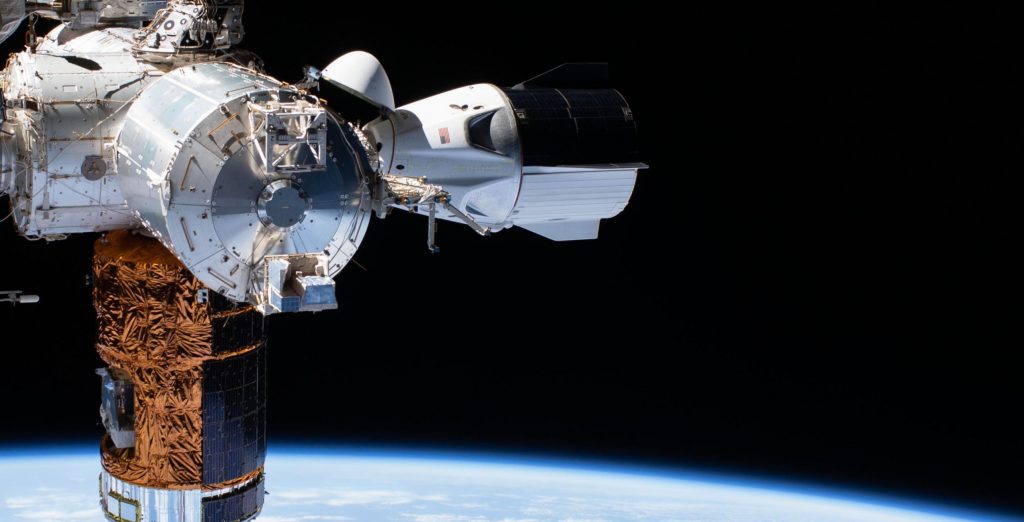
At the time, that meant that NASA intended to pay a total of ~$230 million for each of the first six Crew Dragon transport missions, each of which would carry four astronauts to and from the International Space Station and serve as a lifeboat in the six months between launch and landing. For NASA’s contract modification, the space agency will now pay the company no more than $890 million – up to $297 million apiece – for three more transport missions, each likely carrying four astronauts.
For missions seven through nine, NASA will thus pay an average of up to ~$74 million per seat – substantially more expensive than the ~$55 million per seat SpaceX’s first six Crew Dragon missions will cost the space agency. To be clear, there’s a chance that a significant fraction of the $890 million contract value increase actually came before the addition of three more missions, in which case NASA might instead be paying around $700-800 million or around $60-70M per seat for three more Dragon launches. Regardless, that’s cheaper than the ~$90 million per seat Boeing’s Starliner is expected to cost. At the end of NASA’s Soyuz ridesharing efforts, the agency was also being gouged for about ~$90 million per seat to launch its astronauts on Russian Soyuz missions.
Update: There is evidence that SpaceX’s total CCtCap contract value was about $2.74 billion before the addition of three more missions, meaning that NASA is likely paying SpaceX around $755 million or ~$63 million per seat – a more reasonable 15% increase over earlier pricing.
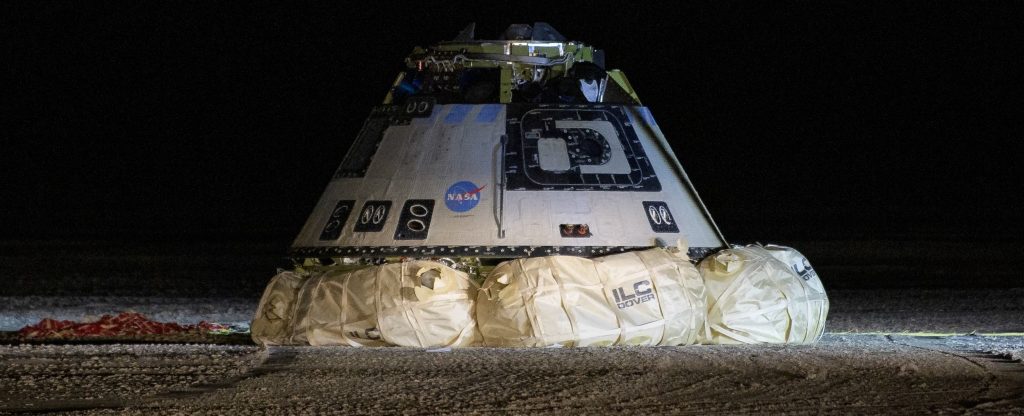
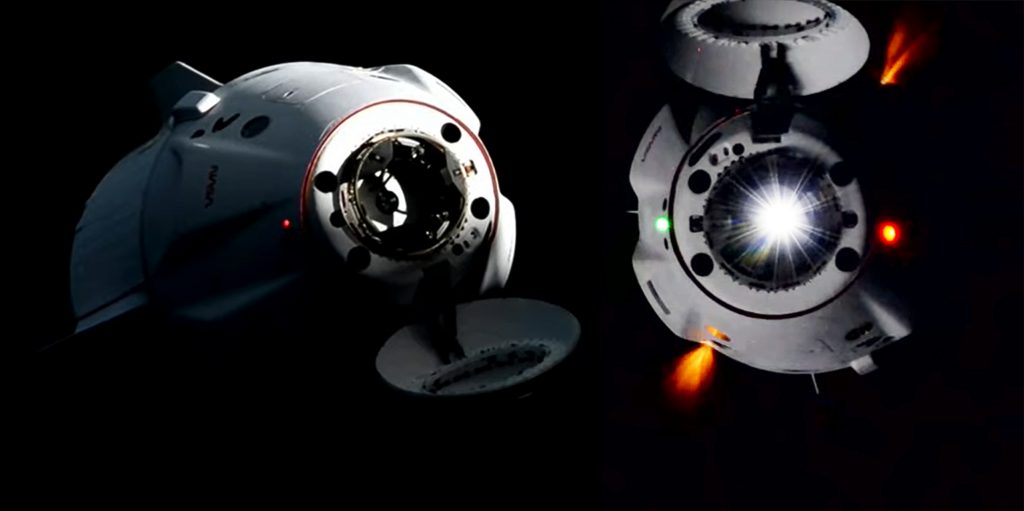
SpaceX remains on track to launch Crew-4 no earlier than (NET) 15 April 2022, Crew-5 NET October 2022, and Crew-6 NET February 2023. The company is now expected to complete all six of its first operational crew transport missions before Boeing’s Starliner spacecraft completes a single one. In fact, it’s increasingly plausible that SpaceX will launch all six of its original Crew missions before Starliner attempts its first crewed test flight – a milestone Crew Dragon passed in May 2020.
It remains to be seen when Starliner will finally become operational. If Boeing manages that feat by mid-2023, there’s at least a chance that Starliner and Crew Dragon will finally be able to start alternating launches, in which case NASA’s three extra Dragon launches might last until 2027. Starliner would then have three more missions remaining, allowing NASA to stretch its 15 existing Commercial Crew transport contracts as far as H2 2028.
News
Tesla begins Robotaxi certification push in Arizona: report
Tesla seems serious about expanding its Robotaxi service to several states in the coming months.

Tesla has initiated discussions with Arizona transportation regulators to certify its driverless Robotaxi service in the state, as per a recent report from Bloomberg News. The move follows Tesla’s launch of its Robotaxi pilot program in Austin, Texas, as well as CEO Elon Musk’s recent comments about the service’s expansion in the Bay Area.
The Arizona Department of Transportation confirmed to Bloomberg that Tesla has reached out to begin the certification process for autonomous ride-sharing operations in the state. While details remain limited, the outreach suggests that Tesla is serious about expanding its driverless Robotaxi service to several territories in the coming months.
The Arizona development comes as Tesla prepares to expand its service area in Austin this weekend, as per CEO Elon Musk in a post on X. Musk also stated that Tesla is targeting the San Francisco Bay Area as its next major market, with a potential launch “in a month or two,” pending regulatory approvals.
Tesla first launched its autonomous ride-hailing program on June 22 in Austin with a small fleet of Model Y vehicles, accompanied by a Tesla employee in the passenger seat to monitor safety. While still classified as a test, Musk has said the program will expand to about 1,000 vehicles in the coming months. Tesla will later upgrade its Robotaxi fleet with the Cyercab, a two-seater that is designed without a steering wheel.
Sightings of Cybercab castings around the Giga Texas complex suggests that Tesla may be ramping the initial trial production of the self-driving two-seater. Tesla, for its part, has noted in the past that volume production of the Cybercab is expected to start sometime next year.
In California, Tesla has already applied for a transportation charter-party carrier permit from the state’s Public Utilities Commission. The company is reportedly taking a phased approach to operating in California, with the Robotaxi service starting with pre-arranged rides for employees in vehicles with safety drivers.
News
Tesla sets November 6 date for 2025 Annual Shareholder Meeting
The automaker announced the date on Thursday in a Form 8-K.

Tesla has scheduled its 2025 annual shareholder meeting for November 6, addressing investor concerns that the company was nearing a legal deadline to hold the event.
The automaker announced the date on Thursday in a Form 8-K submitted to the United States Securities and Exchange Commission (SEC). The company also listed a new proposal submission deadline of July 31 for items to be included in the proxy statement.
Tesla’s announcement followed calls from a group of 27 shareholders, including the leaders of large public pension funds, which urged Tesla’s board to formally set the meeting date, as noted in a report from The Wall Street Journal.
The group noted that under Texas law, where Tesla is now incorporated, companies must hold annual meetings within 13 months of the last one if requested by shareholders. Tesla’s previous annual shareholder meeting was held on June 13, 2024, which placed the July 13 deadline in focus.
Tesla originally stated in its 2024 annual report that it would file its proxy statement by the end of April. However, an amended filing on April 30 indicated that the Board of Directors had not yet finalized a meeting date, at least at the time.
The April filing also confirmed that Tesla’s board had formed a special committee to evaluate certain matters related to CEO Elon Musk’s compensation plan. Musk’s CEO performance award remains at the center of a lengthy legal dispute in Delaware, Tesla’s former state of incorporation.
Due to the aftermath of Musk’s legal dispute about his compensation plan in Delaware, he has not been paid for his work at Tesla for several years. Musk, for his part, has noted that he is more concerned about his voting stake in Tesla than his actual salary.
At last year’s annual meeting, TSLA shareholders voted to reapprove Elon Musk’s compensation plan and ratified Tesla’s decision to relocate its legal domicile from Delaware to Texas.
Elon Musk
Grok coming to Tesla vehicles next week “at the latest:” Elon Musk
Grok’s rollout to Tesla vehicles is expected to begin next week at the latest.

Elon Musk announced on Thursday that Grok, the large language model developed by his startup xAI, will soon be available in Tesla vehicles. Grok’s rollout to Tesla vehicles is expected to begin next week at the latest, further deepening the ties between the two Elon Musk-led companies.
Tesla–xAI synergy
Musk confirmed the news on X shortly after livestreaming the release of Grok 4, xAI’s latest large language model. “Grok is coming to Tesla vehicles very soon. Next week at the latest,” Musk wrote in a post on social media platform X.
During the livestream, Musk and several members of the xAI team highlighted several upgrades to Grok 4’s voice capabilities and performance metrics, positioning the LLM as competitive with top-tier models from OpenAI and Google.
The in-vehicle integration of Grok marks a new chapter in Tesla’s AI development. While Tesla has long relied on in-house systems for autonomous driving and energy optimization, Grok’s integration would introduce conversational AI directly into its vehicles’ user experience. This integration could potentially improve customer interaction inside Tesla vehicles.
xAI and Tesla’s collaborative footprint
Grok’s upcoming rollout to Tesla vehicles adds to a growing business relationship between Tesla and xAI. Earlier this year, Tesla disclosed that it generated $198.3 million in revenue from commercial, consulting, and support agreements with xAI, as noted in a report from Bloomberg News. A large portion of that amount, however, came from the sale of Megapack energy storage systems to the artificial intelligence startup.
In July 2023, Musk polled X users about whether Tesla should invest $5 billion in xAI. While no formal investment has been made so far, 68% of poll participants voted yes, and Musk has since stated that the idea would be discussed with Tesla’s board.
-

 Elon Musk1 week ago
Elon Musk1 week agoTesla investors will be shocked by Jim Cramer’s latest assessment
-

 Elon Musk20 hours ago
Elon Musk20 hours agoxAI launches Grok 4 with new $300/month SuperGrok Heavy subscription
-

 Elon Musk3 days ago
Elon Musk3 days agoElon Musk confirms Grok 4 launch on July 9 with livestream event
-

 News7 days ago
News7 days agoTesla Model 3 ranks as the safest new car in Europe for 2025, per Euro NCAP tests
-

 Elon Musk2 weeks ago
Elon Musk2 weeks agoA Tesla just delivered itself to a customer autonomously, Elon Musk confirms
-

 Elon Musk1 week ago
Elon Musk1 week agoxAI’s Memphis data center receives air permit despite community criticism
-

 Elon Musk2 weeks ago
Elon Musk2 weeks agoTesla’s Omead Afshar, known as Elon Musk’s right-hand man, leaves company: reports
-

 News2 weeks ago
News2 weeks agoXiaomi CEO congratulates Tesla on first FSD delivery: “We have to continue learning!”

















